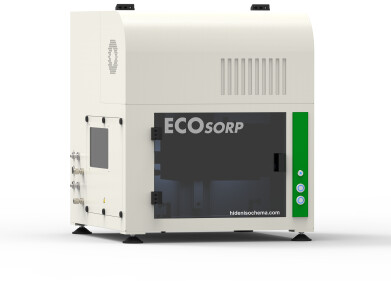Laboratory Products
NHS Study Confirms Constitutional Array has Significantly Higher Reporting Rate for Developmental Disorder Research
Sep 29 2020
In a prominent, npj Genomic Medicine paper, Oxford Gene Technology’s CytoSure™ Constitutional v3 array design has been shown to significantly improve reporting rate and been proven as a powerful tool for detection of small pathogenic intragenic deletions and duplications in developmental disorder (DD) research. The paper, titled ‘Exon-focused targeted oligonucleotide microarray design increases detection of clinically relevant variants across multiple NHS genomic centres’ was led by a consortium of NHS genomic medicine centres in the UK and compared the enhanced exon-level gene coverage of the v3 array to a conventional array design.
The study consisted of a large cohort of 27,756 patient samples. These were investigated with either OGT’s exon targeted CytoSure Constitutional v3 array, based on up-to-date content from the Deciphering Developmental Disorders (DDD) study and ClinGen (Clinical Genome Resource), or a conventional array design based on content from the ISCA (International Standards for Cytogenomic Arrays) consortium with a large number of backbone probes and gene coverage based on an earlier version DD/ID databases.
The results demonstrated that the v3 array had a significant increase in reporting rate of 4.49%, confirming that the enhanced, targeted exon-level coverage design enables more reportable copy number variations (CNVs) to be identified than with traditional arrays. The authors of the paper believe the findings of the research will help to enable clinical researchers to assess optimal testing pathways when integrating genomics into labs. They also note that targeted arrays offer robust CNV detection and provide a stable, proven platform with both simple data analysis and minimal demands on bioinformatics.
OGT’s CytoSure Constitutional v3 arrays feature the most up-to-date and relevant ID/DD content with probes for up to 502 highly-targeted genes identified by ClinGen and the DDD project - enabling detection of single exon aberrations. OGT’s array design delivers high probe density across the exons and introns of important genes that enables improved detection of small (<500bp) deletions and duplications that may otherwise be missed or require manual calling on other older array designs.
More information online
Digital Edition
International Labmate Buyers' Guide 2024/25
June 2024
Buyers' Guide featuring: Product Listings & Manufacturers Directory Chromatography Articles - Enhancing HPLC Field Service with fast-response, non-invasive flowmeters - Digital transformatio...
View all digital editions
Events
Jul 07 2024 Dublin, Ireland
Jul 20 2024 Denver, CO, USA
Jul 21 2024 Cape Town, South Africa
Jul 28 2024 San Diego, CA USA
Jul 30 2024 Jakarta, Indonesia


















